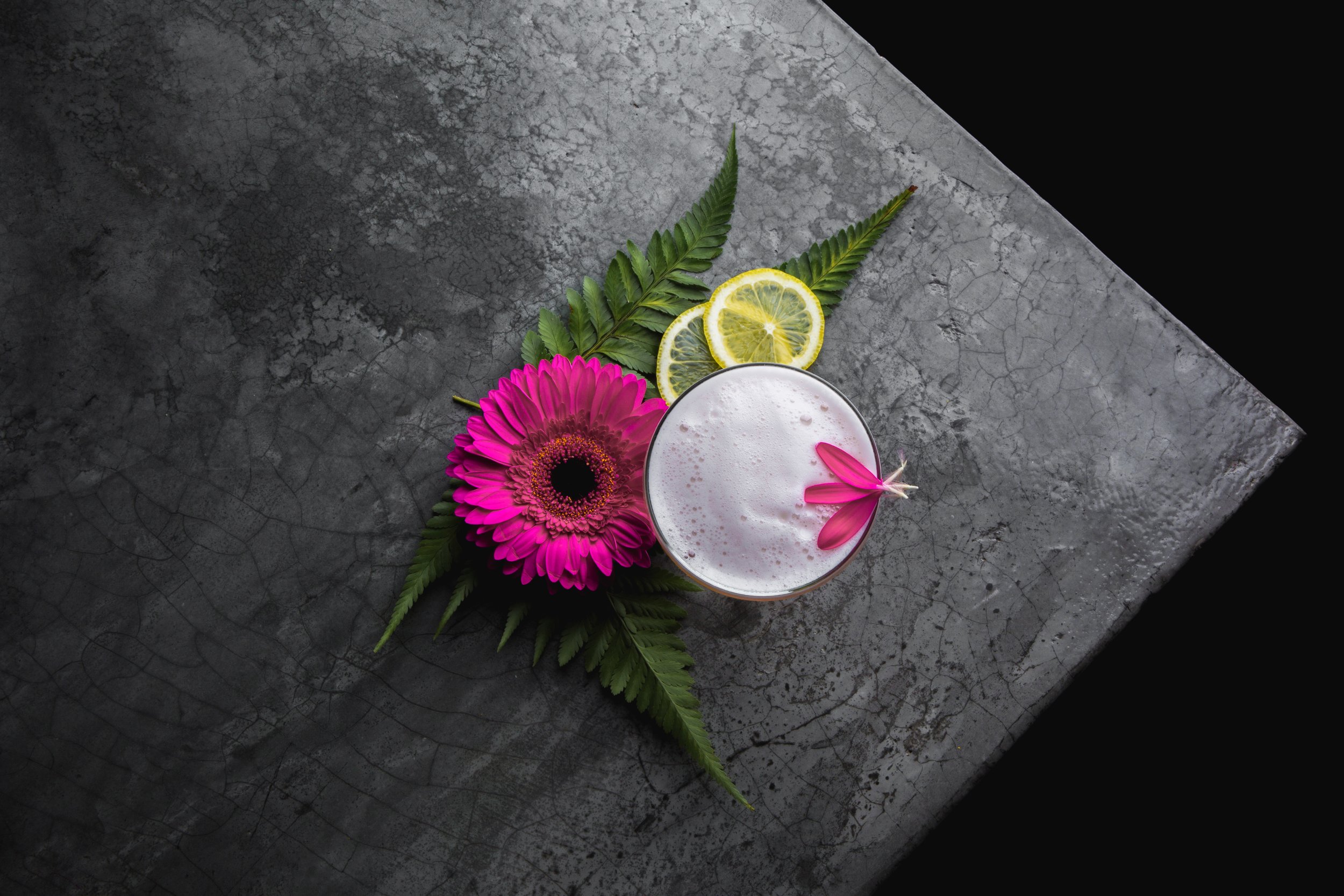What is Aquafaba?
I’d been craving risotto for over a week. Maybe it started with watching one too many Hell’s Kitchen episodes or maybe it was scrolling through Instagram. I’m not sure but I wanted it pretty badly. I can count on one hand the amount of times I’ve had risotto before this (four in case you’re wondering and I have a thumb to spare.) This is how I ended up suggesting Mediterranea, a neighborhood restaurant with a heavy plant focus in Grant Park, Atlanta, when Hena asked where I wanted to meet up.
Hena looked at the cocktail menu and lit up when she saw that a cocktail had aquafaba in it. She’d come to a tasting a few weeks ago and was intrigued by it in the amaretto sour cocktail. I loved that she was excited by this new thing she’d just learned about and that it made her want to try this cocktail.
You think you don’t know what aquafaba is because it has a fancy name. But it’s really just chickpea water. (It directly translates to water-bean from Spanish). It’s the viscous water in which legume seeds such as chickpeas have been cooked. What makes it so cool is that it is a great substitute for egg white. I discovered this a few years ago and I was immediately intrigued. I’m not vegan, but I try to eat plants as much as possible especially when you can get the same desired effect.
In cocktails, aquafaba gives the same rich creamy texture that egg white does. Vegan bakers use it to create meringues and whipped cream and in any recipe that calls for egg whites.
The easiest way to get aquafaba is to buy a can of organic chickpeas. The liquid in the can is all you need. (Save the beans to make some hummus.) Two tablespoons of aquafaba is equivalent to one egg white.

